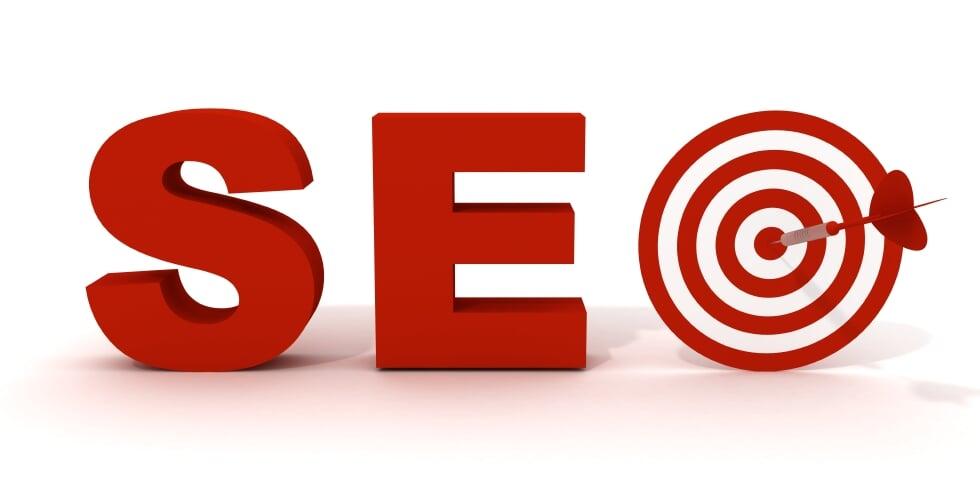How To Optimize Your Website's Content
The world of search engine optimization (SEO) revolves around keywords. The first step toward optimizing your SEO is to determine keyword options. To succeed, you must be comfortable with the needs of visitor or customer personas. It is important to know what your consumers are looking for. Basing optimization around products and services only rather than the needs of customers is wrong. You are the expert on your products and you know what is the 4100X door, but the net surfers are looking for a steel door.
Your keyword options will also allow you to know if you have the necessary content to be seen on the search engines. Each page must be positioned for a single keyword. If you want to be positioned on 100 different keywords, you will need 100 different pages.
Improving optimization falls into two categories, including on-page and off-page. Long-tail theory and research intentions are two important concepts to understand. They illustrate the fact that the optimization of your site should focus on quality and not on quantity.
On-page SEO
Your website is composed of several pages. Each of these pages must have its own positioning based on a specific keyword. To optimize the SEO of a page, there are two elements that can be tweaked: the content (text, images) and the source code of the page.
Offer relevant content
It is essential that the specific keyword of the page, the one you want to position this page is found in the text. First, optimize the content for your visitors and not for the search engines. If your goal is to be well positioned on Google, you must offer the best content on this subject. Not the second best content, but the best: it should be relevant to the interest of your visitors.
Also, aim to have at least 500 words per page. Your content must be unique and not be copied from another section of your site or that of a competitor and be relevant. Your text should be readable and separated into paragraphs and divided with header tags.
The source code of each page is read by the search engines and allows the web crawlers to have a good indication of the relevance of each page. Thus, it dissects the whole content and presents all in the form of a preview.
The Title tag should be present in your source code at the header level, in the format Your Title. For example, for the preview presented, the tag would be Air Conditioners | ACV Inc. It is recommended to have less than 50 characters in its tag, but this rule is variable because Google limits the display of titles in its search engine based on the pixel width of each character.

